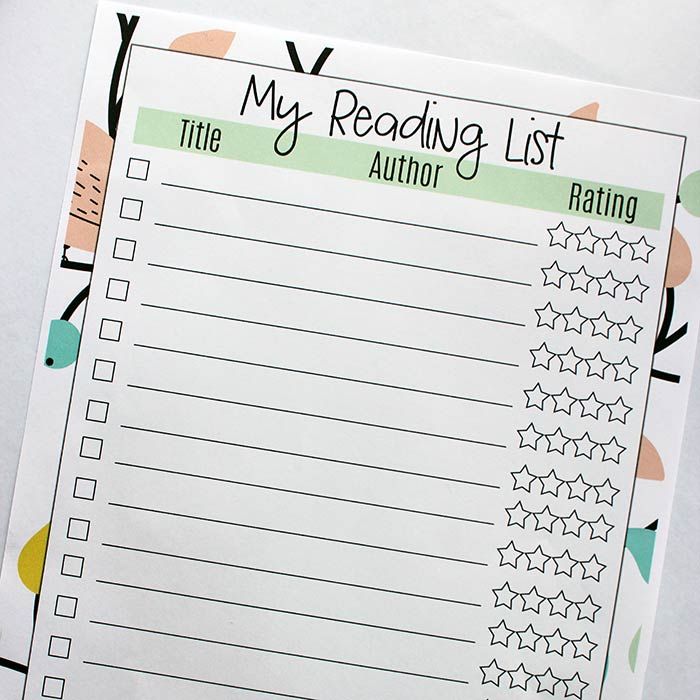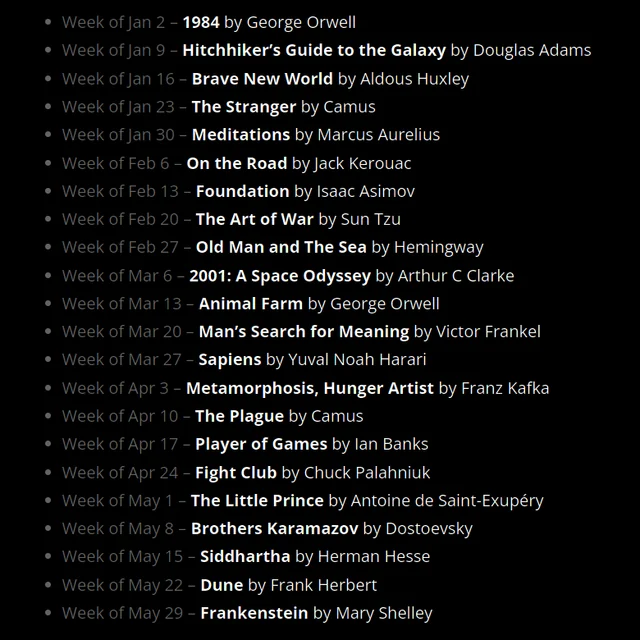How to Create a Reading List: Tips for Staying Organized
Reading is not only a great hobby but also an excellent way to expand your knowledge and escape into different worlds. However, with so many books out there, it can be hard to keep track of what to read next. That’s where a well-organized reading list comes in. In this blog, we’ll explore how to create a reading list and offer tips for staying organized in your reading journey.
Why is Having a Reading List Important?
A reading list is more than just a list of books. It helps you:
- Prioritize what you want to read.
- Keep track of the books you’ve already read.
- Stay motivated by setting reading goals.
- Improve productivity by minimizing decision fatigue when choosing what to read next.
Step-by-Step Guide to Creating a Reading List
1. Determine Your Reading Goals
The first step in creating a reading list is to clarify your reading goals. Ask yourself:
- Why do you want to read? – Is it for entertainment, personal growth, or academic purposes?
- What genres do you enjoy? – Fiction, non-fiction, self-help, history, or a mixture?
- How many books can you realistically read? – Set a target number of books per month or year.
Having clear goals will help you make intentional choices for your list, preventing it from becoming overwhelming.
2. Decide on a Format for Your List
There are several ways to maintain a reading list, depending on what works best for you:
- Digital Lists – Use apps like Goodreads, Google Keep, or even a spreadsheet.
- Physical Lists – A simple notebook or planner can work as a low-tech solution.
- Hybrid Approach – Combine both by keeping a digital list for accessibility and a physical list for the joy of writing things down.
Each method has its advantages, so pick the one that best suits your habits.
3. Start with a Small Number of Books
If you’re new to creating a reading list, it’s best to start small. Rather than adding dozens of books at once, begin with 5-10 titles that you really want to read. You can gradually add more books over time as you finish those on the list. This prevents the list from becoming overwhelming and keeps it manageable.

4. Categorize Your BooksA well-organized reading list is categorized to help you easily navigate through it. Here are some ways to group your books:
- By Genre – Fiction, non-fiction, fantasy, biographies, etc.
- By Priority – Must-read, would like to read, and optional.
- By Author or Series – If you’re following a specific author or book series.
This structure allows you to quickly find the next book you want to read depending on your mood or focus.
5. Prioritize Your Reading List
It’s important to set priorities for the books on your list. You can prioritize by:
- Relevance – Books that align with your current interests or goals.
- Timeliness – Books that are time-sensitive, such as ones tied to current events or upcoming movie adaptations.
- Difficulty – Start with shorter or easier reads if you’re getting back into reading, and gradually move toward more challenging ones.
Prioritization helps you manage your reading load and ensures you’re always reading something valuable or enjoyable.
6. Set Realistic Reading Goals
Being organized also means being realistic. Consider:
- Your reading speed – How many pages or books can you reasonably finish in a week or month?
- Time availability – Are you a casual reader with limited time, or do you have ample hours for reading?
By setting achievable goals, you’ll avoid burnout and stay motivated. For example, you might set a goal to read one book per week or two books a month.

7. Track Your Progress
Tracking your progress not only keeps you organized but also gives you a sense of accomplishment. You can:
- Mark completed books – Cross them off your list or check them off in your reading app.
- Write a brief review – Jot down your thoughts, favorite quotes, or ratings for future reference.
- Set milestones – For example, reward yourself after finishing five books.
Regularly updating your list and tracking your progress makes it more engaging and keeps you focused.
8. Stay Flexible and Update Regularly
Life happens, and your reading preferences may change. Don’t be afraid to adjust your reading list:
- Remove books that no longer interest you.
- Add new titles that catch your attention.
- Rearrange priorities if your goals shift.
Being flexible allows you to enjoy reading without pressure and ensures your list stays fresh and relevant.
9. Mix Up Your Reading List
A great reading list has variety. Ensure you mix up genres and authors to keep things interesting:
- Balance fiction and non-fiction – Fiction can offer escapism, while non-fiction can provide learning opportunities.
- Try new genres – Challenge yourself by stepping out of your comfort zone and exploring genres you’ve never tried before.
- Include short and long reads – A balance of quick reads and more immersive, lengthy books can keep you motivated.
Variety prevents reading fatigue and broadens your literary horizons.

